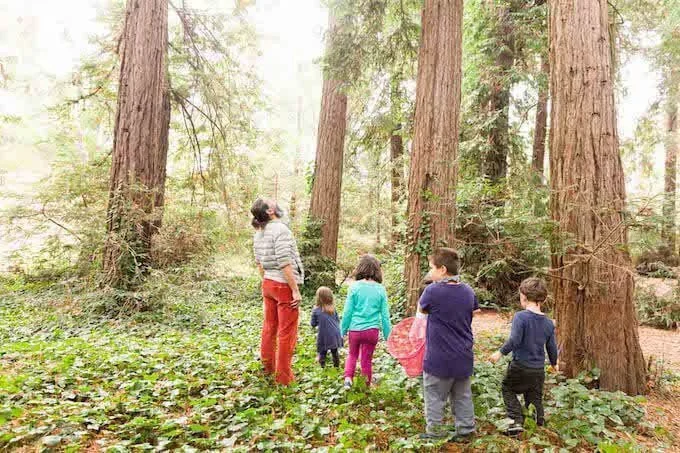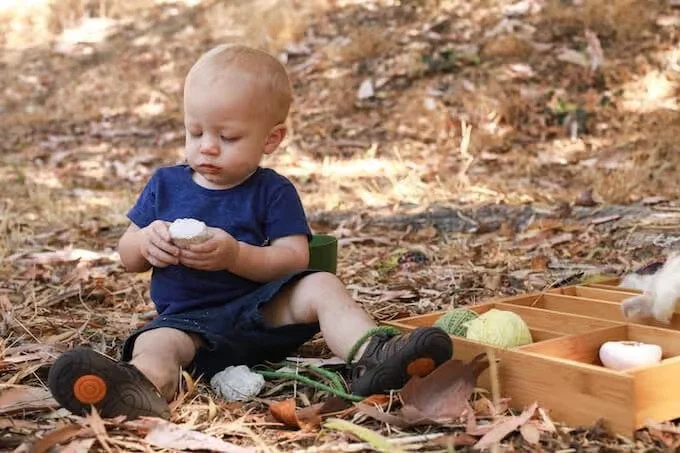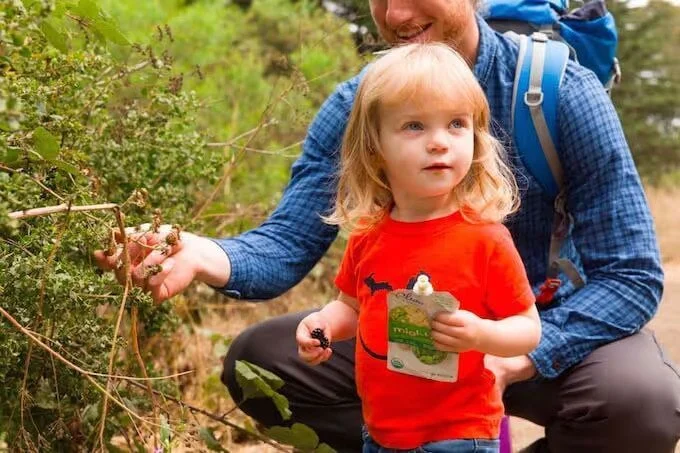Forest Schools: Outdoor Learning for the Modern Child
In today’s digital world, many children spend more time indoors than ever before. Screens, structured schedules, and busy routines have replaced the free play and exploration that once defined childhood. Yet an educational model is quietly gaining momentum by flipping the script—forest schools.
Rooted in outdoor exploration and hands-on learning, forest schools encourage children to connect with nature while developing essential life skills. Far from a fad, this approach has deep educational value and growing relevance in a tech-driven age.
What Is a Forest School?
Forest schools are educational programs that take place primarily outdoors, often in wooded or natural settings. Rather than following rigid lesson plans, these schools focus on child-led learning through play, discovery, and interaction with the environment.
Importantly, forest school is not about replacing traditional education. Instead, it complements core learning by creating space for creativity, resilience, and self-confidence to flourish. Children learn at their own pace, guided by trained educators who observe and support rather than instruct from the front of a classroom.
Where It All Began
Although the idea may seem modern, the concept of forest schooling has roots in 1950s Scandinavia. Denmark and Sweden were early adopters, with programs designed to foster independence and problem-solving through outdoor play. Over time, the approach spread across Europe and later into North America, Australia, and other parts of the world.
As urban environments expand and mental health challenges grow among young people, the forest school model is seeing a resurgence. More educators and parents are recognizing the value of less structure and more mud pies.
Why Nature-Based Learning Matters
Studies continue to show that time spent outdoors benefits children in numerous ways. Exposure to green spaces has been linked to lower stress levels, improved focus, and enhanced social development.
Moreover, natural settings invite curiosity. A stick becomes a magic wand. A puddle becomes a laboratory. Through these simple, unstructured interactions, children learn to ask questions, test ideas, and solve problems—skills vital for success far beyond the classroom.
Additionally, being outdoors reduces overstimulation. In contrast to noisy classrooms and bright screens, forests offer calm, sensory-rich environments. This can be especially helpful for children who struggle with attention or anxiety.
Key Elements of Forest School Programs
Forest schools aren’t just field trips with snacks. They follow specific principles that distinguish them from traditional classrooms or occasional outdoor lessons.
Regular Sessions: Forest school is ongoing, not a one-time event. Sessions are typically held weekly or several times a month, rain or shine.
Child-Led Learning: Children are encouraged to choose their activities based on interests and curiosity. Adults observe and support, but do not dominate.
Risk and Resilience: Safe risk-taking is embraced. Whether climbing trees, building fires, or navigating uneven terrain, children learn to assess danger and build confidence.
Connection to Nature: Programs aim to foster respect and appreciation for the natural world. Environmental stewardship is a natural byproduct.
Reflection and Growth: Educators help children reflect on their experiences, often through storytelling, journaling, or group discussion.
Skills That Go Beyond the Textbook
While forest schools may not follow a strict academic syllabus, the learning outcomes are often profound and far-reaching.
Problem-solving: Whether figuring out how to cross a stream or build a shelter, kids learn to think critically.
Communication: Teamwork and negotiation often emerge during shared activities.
Motor Skills: Outdoor environments develop both fine and gross motor skills in ways that indoor spaces can’t.
Self-regulation: Nature helps children manage emotions and behaviors.
Creativity: With no toys or screens, imagination takes the lead.
Additionally, forest school students often return to traditional classrooms with more focus and increased enthusiasm for learning.
Inclusivity and Accessibility
One of the most compelling aspects of forest schooling is its inclusiveness. Nature doesn’t judge or label. Many programs welcome children with diverse needs, including those on the autism spectrum or with ADHD.
Furthermore, the emphasis on play levels the field. Academic performance takes a back seat, allowing all children to shine in different ways. The shy child might lead a group game. The restless child might finally find calm under a tree canopy.
Of course, accessibility remains a challenge in some regions. Not every family has easy access to safe, natural areas. However, urban forest schools have begun adapting, using parks, community gardens, and even schoolyards to bring nature into the curriculum.
What Parents Should Know
If you're considering a forest school for your child, it helps to understand what to expect.
Dress for the weather. Mud, rain, snow—everything is part of the lesson.
Let go of outcomes. Forest school is about process, not product.
Trust the mess. Dirty clothes often mean rich experiences.
Expect gradual growth. Confidence builds over time, not overnight.
Parents are often surprised by the transformation. Children come home calmer, more confident, and full of stories about what they made or discovered.
Common Misconceptions
Despite its benefits, forest schooling sometimes meets skepticism.
Some worry that it lacks academic rigor. In reality, literacy and numeracy can be integrated organically through activities like counting seeds, storytelling, or map-making.
Others believe it’s only for young children. While it often starts in early years, many programs extend into adolescence, offering age-appropriate challenges and leadership opportunities.
Lastly, there's a perception that it's just “playing outside.” But forest school educators undergo specialized training to observe learning moments and guide development. It's intentional, not accidental.
Preparing the Next Generation
The world children are growing into is unpredictable. Climate change, automation, and social transformation will all shape their futures. Forest schools offer more than fresh air—they build the inner tools children will need to thrive in complexity.
By learning in the woods, children learn to trust themselves. They explore without fear, fail without shame, and adapt without losing joy. These are not just school skills—they are life skills.
Final Thoughts
Forest schools remind us that learning doesn’t need walls. In fact, some of the most meaningful lessons happen under open skies, with muddy hands and curious eyes.
As more families seek alternatives to traditional models, forest schooling offers a gentle, grounded way to nurture whole-child development. It's not about escaping the modern world—but preparing children to meet it with resilience, wonder, and wisdom.
Because sometimes, the best classroom is one where the trees outnumber the desks.


